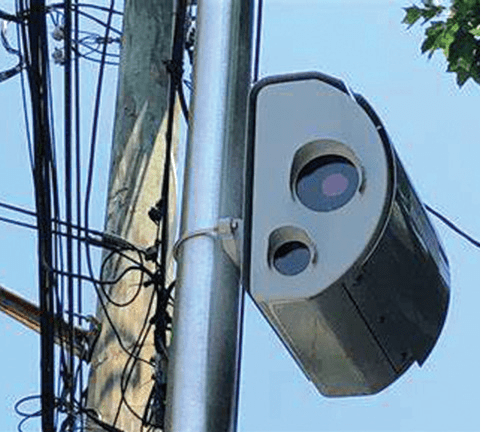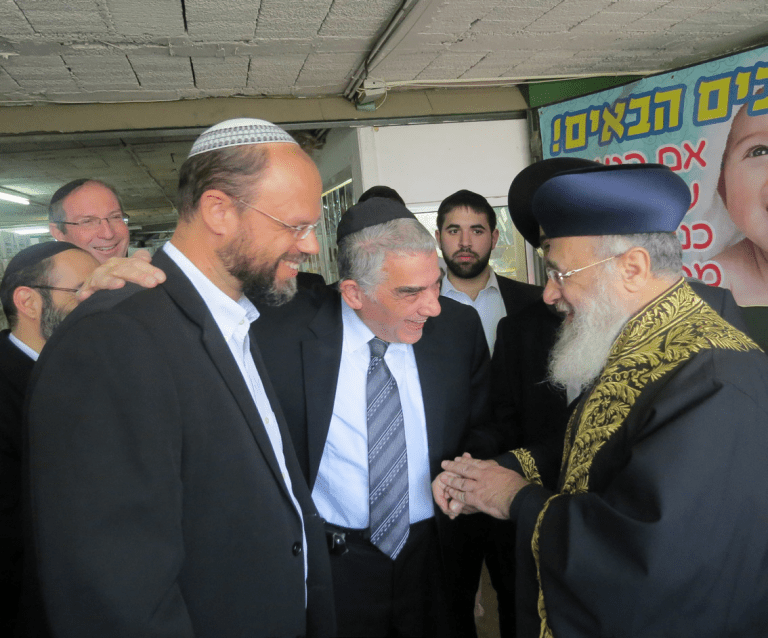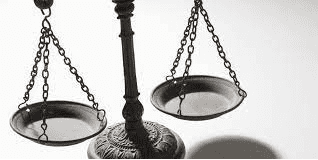The pasuk in Tehillim (81:11) states “I am Hashem your Gd Who took you from the land of Egypt; open your mouth wide, and I will fill it.” The Gemara (Berachot 50a) interprets “open your mouth wide, and I will fill it” as a reference to praying for spiritual success. Hashem here invites us to ask for His help in Torah and spirituality.
But what is the connection between the two parts of this pasuk? How does the concept of prayer for spiritual success relate to the fact that Hashem took us from the land of Egypt?
Rav Chaim Shmulevitz (Sichos Mussar, Maamar 28) explained that just as Hashem lifted us from the 49th level of impurity in which we were submerged in Egypt, and elevated us to the 49th level of holiness at Mount Sinai, He is similarly capable and willing to assist each and every one of us in our spiritual efforts. The only condition, however, is that we “open our mouth wide,” that we ask Hashem for help. And the wider we open our mouth, the more we pray and beseech Hashem for help, the more help He will provide.
As observant Jews, we face many tests. The Gemara teaches (Kiddushin 30b) that the yetzer hara (evil inclination) is very difficult to overcome, and without Hashem’s help we have no possibility of withstanding the pressure it exerts upon us. A person might feel, Look, what can I do? It’s just too hard. My schedule is so busy and makes it too difficult for me to learn Torah. It’s too hard to always have to watch what kind of food I eat, what kind of things I look at, and the kind of things I hear. I have pressure from my friends, or from my spouse, not to be so religious. It’s just too hard. All these claims are true, but there is one very compelling response: Why don’t you ask Hashem for help?
Rav Shimshon Pincus (Sichos Elul, Amud 33) drew an analogy to a department of a hospital with a team of doctors who were giving instructions to the doctor who would be taking the night shift. They told him that all the patients were asleep; should one of them awaken, he should tend to that patient. If several patients awaken, and he cannot handle the workload on his own, he should call other doctors for help, no matter what time it is. Sure enough, a number of patients woke during the night, and the doctor ably took care of them. As time went on, though, more patients woke and required treatment, and the doctor found himself frantically running back and forth in a desperate attempt to treat them all. Eventually, the workload proved too much for him to handle, and, unfortunately, one of the patients died as a result of the doctor’s failure to meet all his needs.
The next morning, when the other team members arrived at the hospital, they reprimanded the doctor for allowing a patient to die. He explained to them that there were just too many patients to treat, and he couldn’t get to them all.
“You fool!” they exclaimed. “We told you to call us if the situation became too much for you to handle. You were supposed to ask us for help, and we would have come and treated the patient!”
This is precisely our situation with respect to spirituality. Hashem knows the yetzer hara is too difficult for us to handle on our own, and He therefore instructs us to “call” Him for help. If we don’t call Him and pray for assistance in overcoming our spiritual tests, then we are to blame for our inability to achieve spiritual success.
When a person finds himself struggling in a certain area of religious observance, he should pray, “Hashem, please help me; I want to do the right thing, but I need your help!” When a person feels he has stopped growing spiritually and does not have the desire to move forward, he should pray to Hashem for that desire. When a person is having difficulty learning or understanding what he learns, he should pray to Hashem for help. The Ya’arot Devash (Derush 4) comments that if we see a student who has more success than his peers in Torah study, it is not because he is brighter, but because he asks Hashem for help.
This is true regarding our children as well. If someone sees that his child is not properly observing the Torah, or does not want to pray or learn, the parents should pray to Hashem and ask for His help to enable the child to improve. This is part of our hishtadlut, and the more we ask, the more we receive. We must open our mouths wide in prayer; even when we find it difficult to pray, we must ask Hashem to help. Even when we feel our emunah is lacking, we must ask Hashem to give us emunah. He is always listening and always ready to help us overcome any personal challenge we confront












